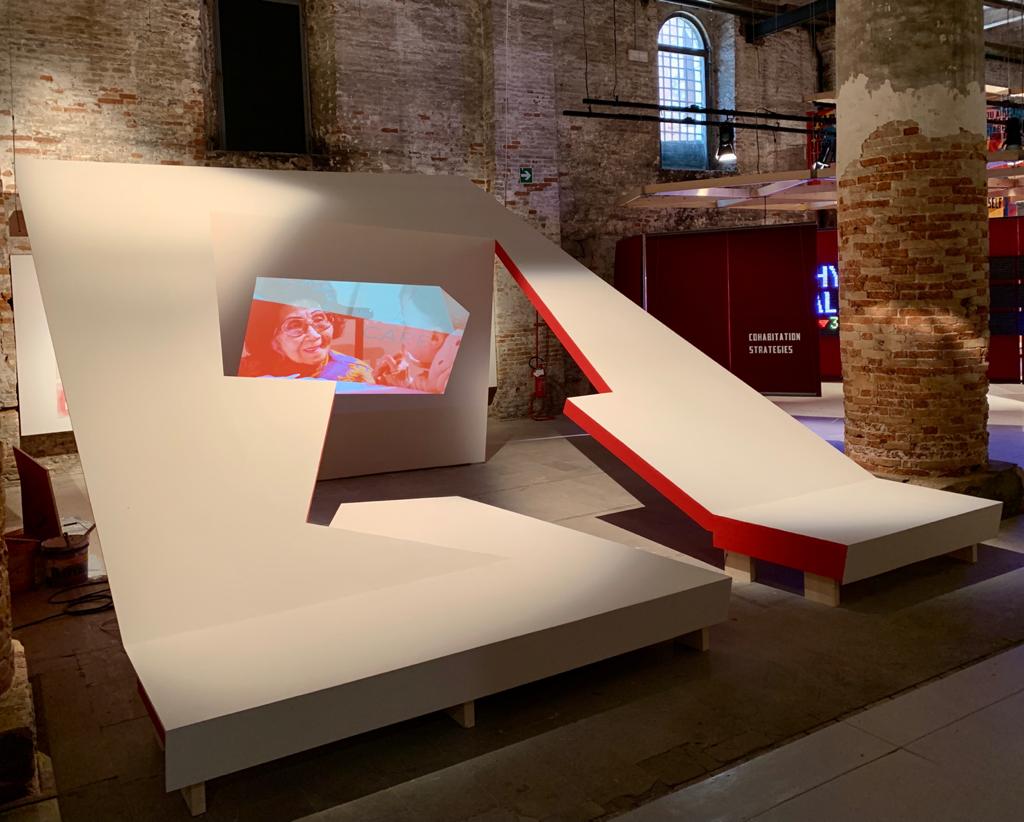What are open collectives?
An open collective is a voluntary and dynamic group of people sharing common goals and assets, combining the scale and instantaneous connectivity of digital platforms with the kinship of physical space and face-to-face interaction. As permeable hybrid physical/digital networks, open collectives can expand and contract in both members and functions—economic, environmental, and/or social—and encourage new forms of sharing.
Why do open collectives matter?
Partly in response to growing structural inequality, new collectives provide essential functions around which collaboration takes place—whether housing, care, labor, or fiscal liquidity. As the coronavirus pandemic swept the world, exposing the brittleness of our economies and feebleness of the state, collectives became essential. What distinguishes an open collective from the transactional “gig economy” is an interrogation of who makes decisions, who receives access, and how wealth, power, and knowledge are shared. Many of these collectives begin as either analog- or online-only networks that eventually seek (and struggle) to leverage the power of solidarity to strengthen economic sovereignty, housing affordability, communal self-determination, and mutual aid. Where are opportunities to combine architecture, urbanism, and the digital to reinforce and empower today’s open collectives? How do these new typologies, forms, and algorithms in turn shift existing order and further equity?


Featured Architectural Works
Along with historical precedents, the following case studies informed our work.
Quipu is a micro-currency platform and physical marketplace empowering members of a low-income community in Colombia, 75% of whom are resettled victims of armed conflict.
Mosaic.us is a full-stack technology company seeking to make construction more efficient, build places people love, and make them widely available.
Carehaus is the United States’ first intergenerational care-based co-housing project for older and disabled adults, caregivers, and their families.
Re-appropriating the Israeli kibbutz communal living to meet contemporary needs, Communit offers low-cost collective living in abandoned buildings in a neighborhood known for its worker history and mixed, diverse population.
Each of these projects asks how communities can be organized and strengthened through combining the digital and the urban—by repurposing computational tools to restructure financial equity, knowledge-sharing, health and well-being, and designing architectural forms attentive to the power of physical presence through digital touch points.


Credits
Team
The Open Collectives project at the Biennale of Architettura 2021 is led by Rafi Segal, director of the Future Urban Collectives Lab, and Sarah Williams, director of the Civic Data Design Lab, both of which are initiatives within MIT’s School of Architecture and Planning. Collaborators include artist Marisa Morán Jahn, director of Studio REV-, an art, creative media, and social justice non-profit organization, and Greg Lindsay, futurist and director of applied research at NewCities.
Film
Director: Marisa Morán Jahn
Producers: Marisa Morán Jahn (Studio REV-), Rafi Segal
Editor: Marisa Morán Jahn
Music and Post-production: Marijke Jorritsma (aka Breezy Nix)
Cinematographers: Marisa Morán Jahn, Anjum Asharia, Vernon Rudolph, Ben Segal, Marc Shavitz, Rick Rowley, Chris Norris (Mosaic), John Eric Steiner
Open Collectives Installation Structure
Design by Rafi Segal, Alina Nazmeeva
Collective Voices Platform
Sarah Williams, Ashley Louie
Collective Archive Platform
Sarah Williams, Dylan Halpern, Prabhakar Kafle, Ashley Louie, Alina Nazmeeva, Angela Wang, Adam Janicki, Kwesi Afrifa
Research Group
Meng-fu Kuo, Sheng-Hung Lee, Livia Foldes, Fiel Guhit, Vaidehi Supatkar, Dylan Halpern, Laura Cadena, Lesley Onstott
Web Design
Alina Nazmeeva, Ashley Louie
Web Development
Ashley Louie
Featured Architectural Projects
Design
Rafi Segal A+U
Team
Alina Nazmeeva, Mengfu Kuo, Marisa Waddle, Paul Gruber (Carehaus with collaborating artist Marisa Morán Jahn)
Research Team
Kelly Leilani Main, David Birge, Sarah Rege, Ana Paula Arenas, Adiel Alexis Benitez, Matt Bradford, Jonathon Brearley, Sydney Cinalli, Max Drake, Nisha E. Devasia, Darla Earl, Emelie A. Eldracher, Gabriela Romero Garibay, Charvi Gopal, Samuel H. Ihns, Effie Jia, Clare Liu, John Liu, John Rao, Viviana Rivera, Carol-Anne Rodrigues, Evellyn Tan, Yegor Vlasenko, Marisa Waddle, Su Yang, Olivia Jean Yao
With the additional support of